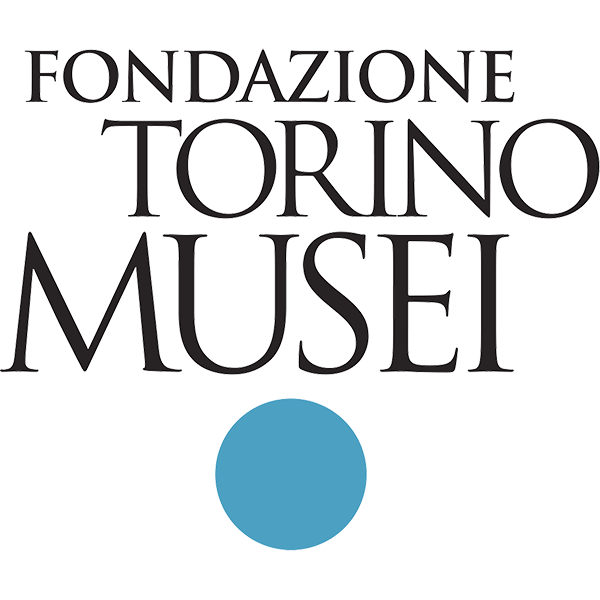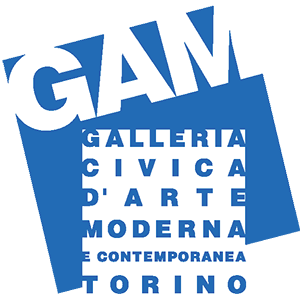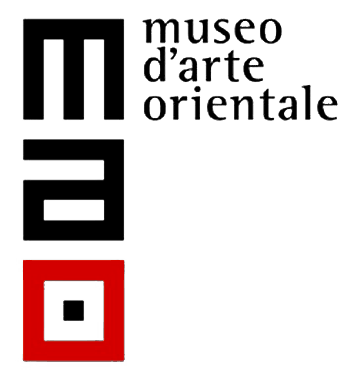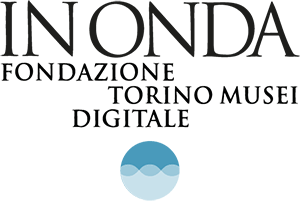Giuseppe Chiari / VideotecaGAM
- Exhibition
- 12 June 2020 - 4 October 2020

curated by Elena Volpato
VideotecaGAM Via Magenta, 31 Torino
free entrance
The second appointment in the series of exhibitions organized by GAM’s videoteque in collaboration with the archive of the Venice Biennale is dedicated to Giuseppe Chiari (Firenze, 1926-2007), experimental composer and artist.
On display are two videos made by Chiari at Art-Tapes 22 in Florence. Kunst ist einfach (Art is easy, 1973), the first work shot at the Art Tapes 22 studios, videotapes within the static frame of the camera each of the words that form the title, as they are drawn by Chiari in Indian ink on large white sheets.
Kunst ist einfach is one of his most well-known statements. It sums up the core meaning of his whole art. Brief statements such as ‘Art is easy’, ‘Music is easy’, ‘Art is a trifle thing’ reappear frequently in his work. They imply that every gesture, sign, sound, or noise, no matter how seemingly insignificant and ordinary, can be art. They are art qua aspects of the larger whole constituting life.
Our daily activities immersed in the layered soundscape of the world make us all actors and at the same time spectators in an endless, chaotic creation process that has, as it should be, no compositional rules. Whereas the concept of harmony came to dominate music theory over the centuries, in an attempt to achieve with instrumental music the dream of perfection by reproducing in earthly form the inaudible music of the heavenly spheres, Giuseppe Chiari offers, starting in the 1950s, an alternative to the music of the celestial spheres. His music is engendered by chaos in all its freedom, to which points the etymology of the word chaos itself, i.e. ’open chasm,’ lacking design and order, echoing with the vibrations of the universe.
Improvisation and experimentation replace the principles of composition. Attention shifts from traditional instruments to the countless possibilities of producing sounds with everyday objects, materials and substances such as glass, paper, and water. Chiari literally plays rooms, cities, and imagines scores for car traffic. If a traditional instrument like piano is used to perform his music, as in the second video, Spoleto Concert, from 1974, piano technique opens up to a whole new range of possibilities. At times, Chiari’s hands push the visual pattern of black and white keys to the background, to liberate their movements in the air above the keys. ‘Man —Chiari would claim— is not aware of the existence of keys: the keyboard becomes a long white strip onto which, like sand, his hands and arms can leave a trace’.
The two videos are displayed alongside La musica è facile [Music is easy], made in 1972, presented in 1976 in his retrospective exhibition at the Gallery Martano in Turin. It consists of 15 large sheets, on each of which the artist has written one of the 15 letters forming the title. The letters drawn with Indian ink in one continuous stroke seem to ideally blend the gestural flow of his calligraphy with an awareness that the sound of the brush sliding on the sheet is part of that universal music that Chairi invites us to hear. The sheets are at the same time the space for words, drawing and sound.






